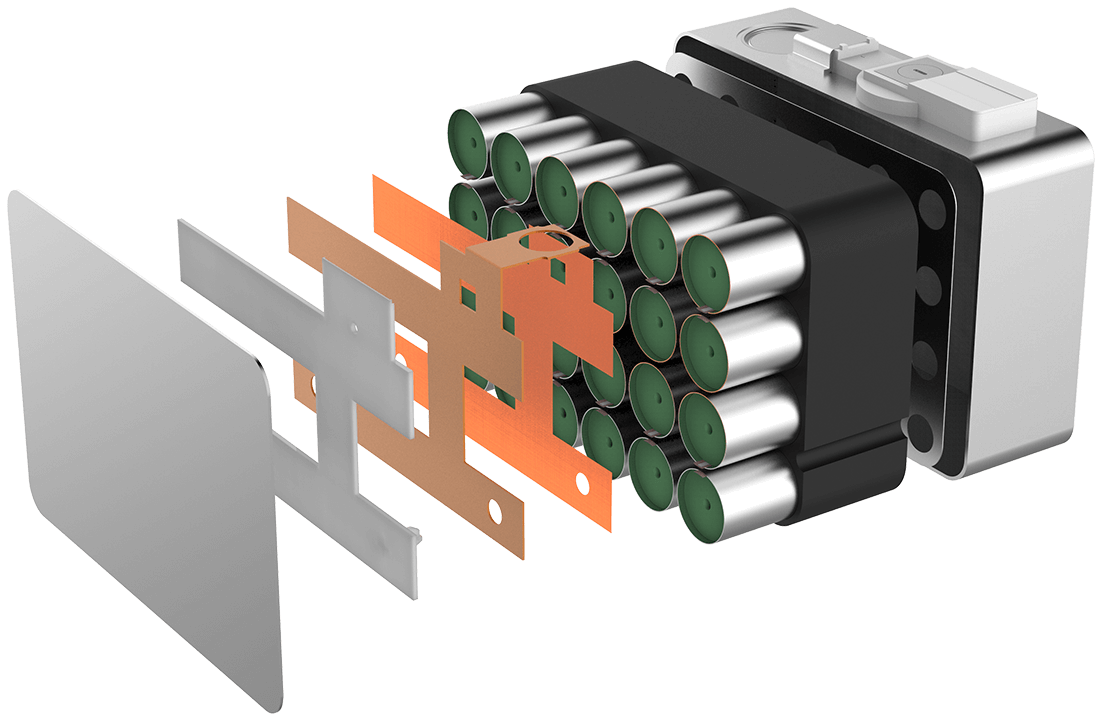From pv magazine USA
The New York Power Authority (NYPA) has unveiled a 50 kW/250 kWh demonstration system at its offices in White Plains, New York, featuring a cell-isolating technology from Cadenza Innovation, a Connecticut-based company.
The project is demonstrating peak energy demand shaving to reduce the peak electricity load in commercial buildings. The pilot project will also help advance New York State’s nation-leading climate and clean energy goals, including Governor Kathy Hochul’s recently announced plans for a framework to achieve 6 GW of energy storage resources by 2030.
Following an April 2019 battery fire at Arizona Public Service’s McMicken site in Surprise, Arizona, states such as New York have adopted stringent requirements for lithium-ion battery installations.
Cadenza’s SuperCell is produced with funding assistance from the New York State Energy Research and Development Authority and is designed with fire safety in mind. The battery technology prevents thermal runaway, meaning a malfunction in the cell is isolated to that one cell and is not expected to propagate into surrounding cells that make up the battery in the event of overheating or fire. The supercell’s safety feature enables energy storage systems to be installed into more densely populated urban areas.
The Cadenza battery system was developed in collaboration with Hitachi Energy to highlight the role of energy storage in enhancing demand management and grid flexibility. The battery project is projected to serve as a model for integrating low-cost, high-performance and thermally safe renewable energy resources into the grid.
Popular content
“This initial testing phase shows the potential for this type of battery energy storage system to serve as a model for managing energy demands and lowering costs for owners of commercial and industrial buildings,” said NYPA CEO Justin Driscoll. “The unit is reducing peak loads at the Power Authority’s main offices, smoothing electricity network operations and showing a safety advantage by demonstrating a reduction in the potential of thermal runaway.
Cadenza’s battery is U.S. Department of Defense tested UL compliant. The SuperCell’s design bolsters grid resilience and powers a range of uses in the commercial and industrial market. By packaging components to lower costs and increase safety, the battery is designed to reduce the need for additional fire safety protection and mitigation systems, resulting in improved energy density and advanced lithium-ion systems.
Under New York’s Climate Leadership and Community Protection Act (CLCPA), the state has pledged to generate 70% of its power resources from renewable energy by 2030 and become net zero by 2040. Hochul recently proposed expanding New York State’s energy storage programs to double the goal to 6 GW by 2030, which represents at least 20% of the state’s peak electricity load.
BloombergNEF (BNEF) says the global energy storage market will increase 15-fold by 2030 and “expects batteries to dominate the market at least until the 2030s, in large part due to their price competitiveness, established supply chain and significant track record.” BNEF’s Helen Kou recently told pv magazine USA that 54 GW of Inflation Reduction Act-driven storage will lift the U.S. to 112 GW/396 GWh this decade. BNEF’s post-IRA forecast includes 2.5 GW of added storage capacity in New York through 2030 that would have not been added without IRA incentives such as the standalone storage ITC credit.
Founded in 2012, Cadenza Innovation has raised $15.5 million in growth funding to date from investors that include Turtle & Hughes, an electrical contractor, the US Department of Energy, Kestrel Holdings, Golden Seeds, Toba Group, and private investors.
This content is protected by copyright and may not be reused. If you want to cooperate with us and would like to reuse some of our content, please contact: editors@pv-magazine.com.



By submitting this form you agree to pv magazine using your data for the purposes of publishing your comment.
Your personal data will only be disclosed or otherwise transmitted to third parties for the purposes of spam filtering or if this is necessary for technical maintenance of the website. Any other transfer to third parties will not take place unless this is justified on the basis of applicable data protection regulations or if pv magazine is legally obliged to do so.
You may revoke this consent at any time with effect for the future, in which case your personal data will be deleted immediately. Otherwise, your data will be deleted if pv magazine has processed your request or the purpose of data storage is fulfilled.
Further information on data privacy can be found in our Data Protection Policy.